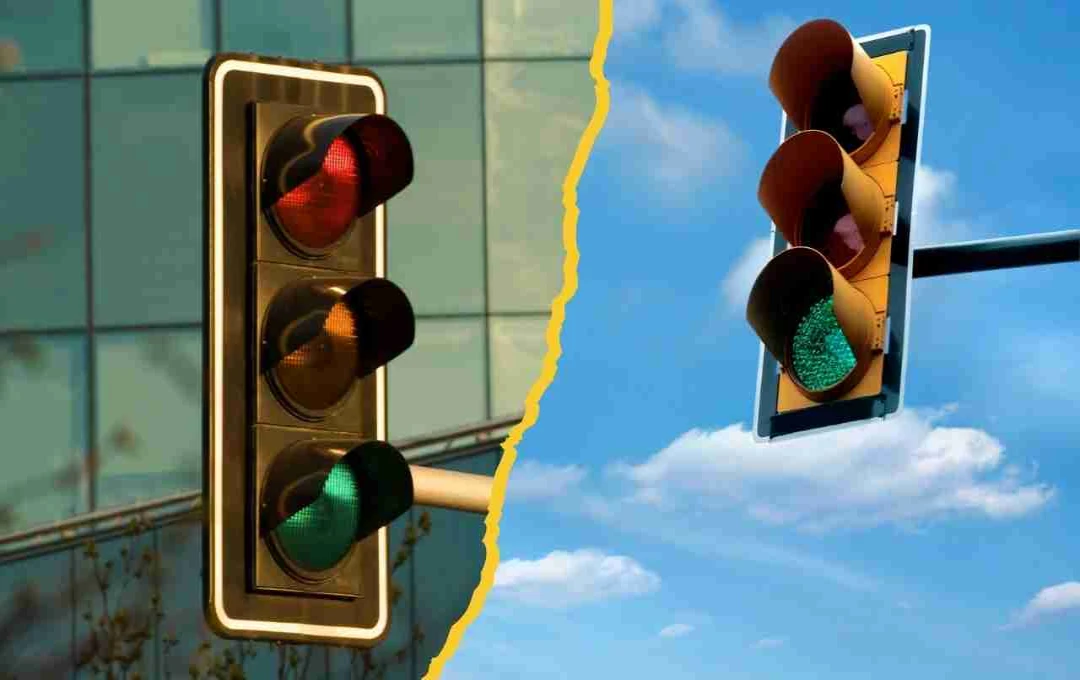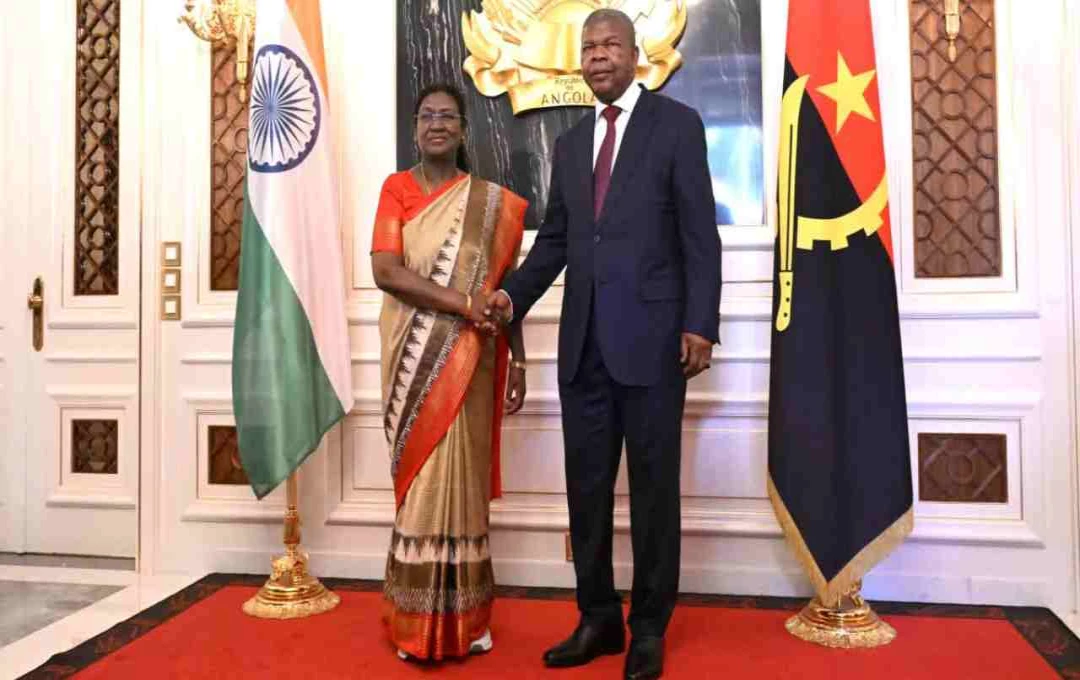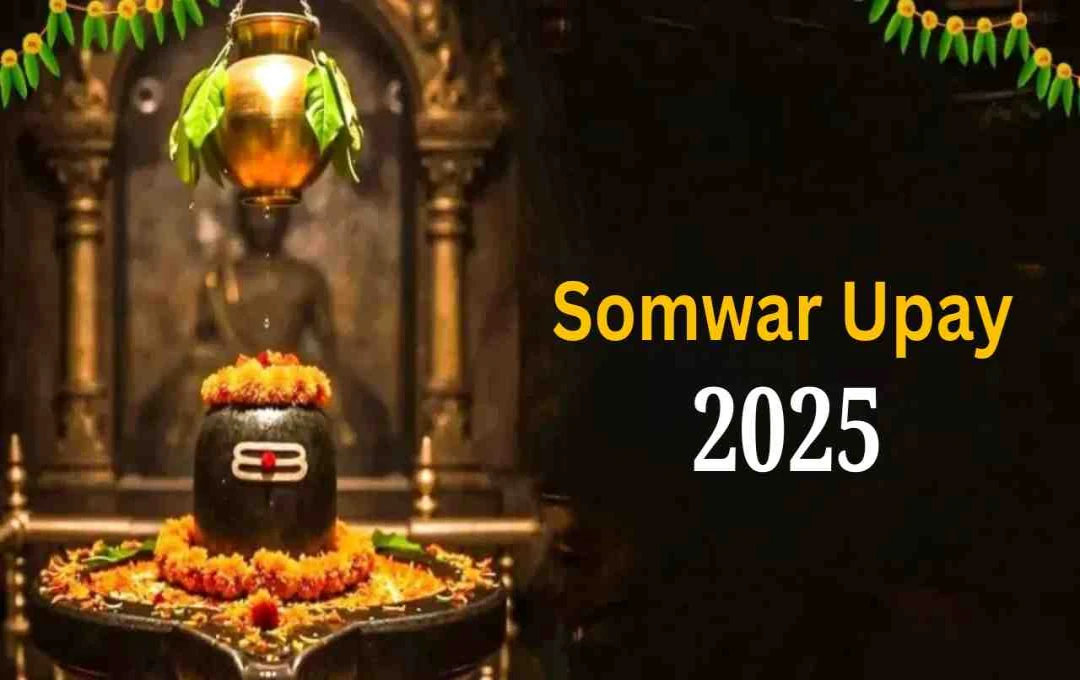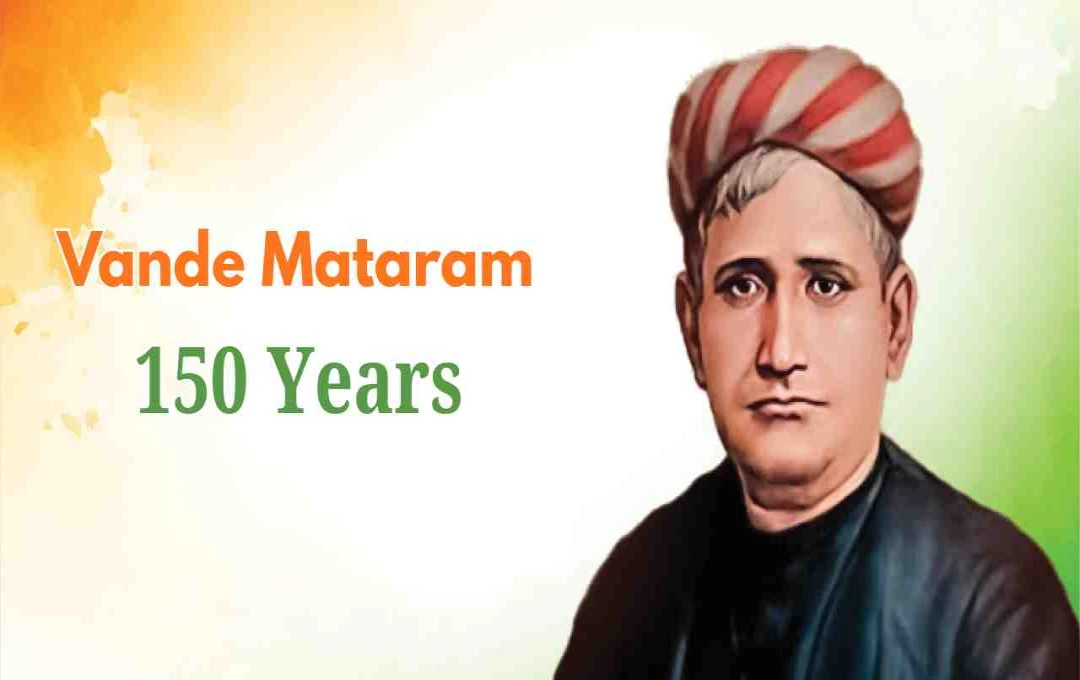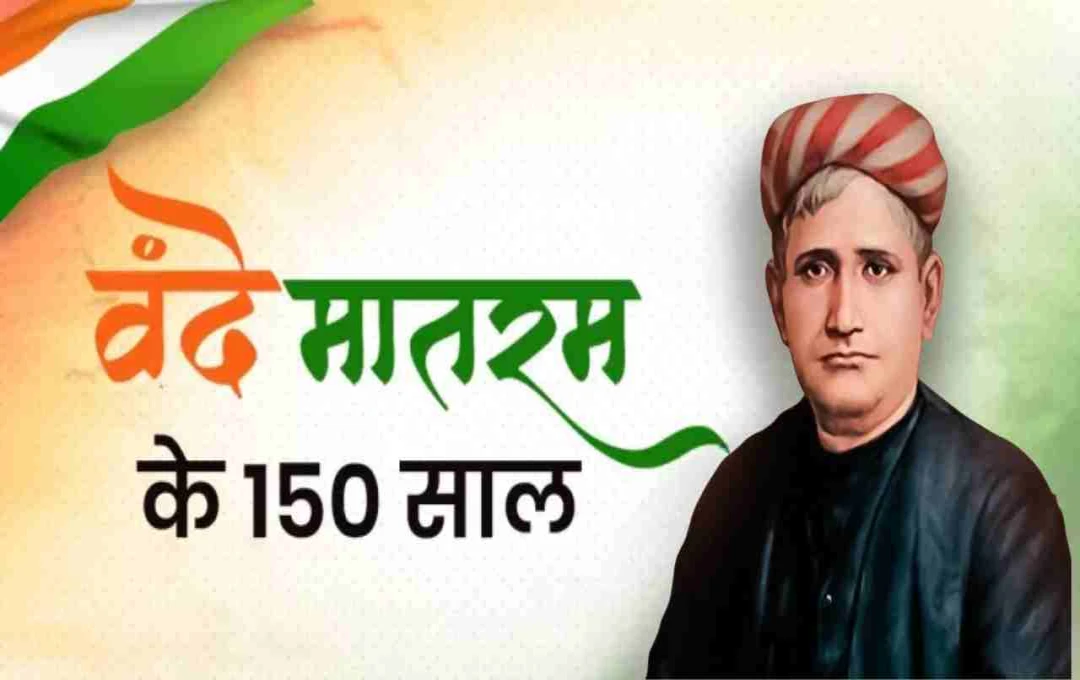Celebrated every year on August 5th, International Traffic Light Day isn't just the story of a traffic signal; it symbolizes the revolutionary technology that has played a crucial role in making road traffic safe and organized worldwide. While those living in smaller towns may be less affected by traffic lights, they have become an everyday part of life for those in metropolises.
History of Traffic Lights: The Beginning of a Red Light
Traffic lights began manually in London in 1868. At that time, a gas-powered, two-arm system was created, controlled by a police officer using a lever. However, the first electric traffic signal was installed in Cleveland, Ohio, USA, on August 5, 1914. This system was designed by a police officer named Lester Wire. The system directed traffic through lights placed around the road. In 1923, the third color, 'yellow,' was added to traffic lights, resulting in the modern format of red (stop), yellow (be ready), and green (go).
Meaning of Traffic Light Colors
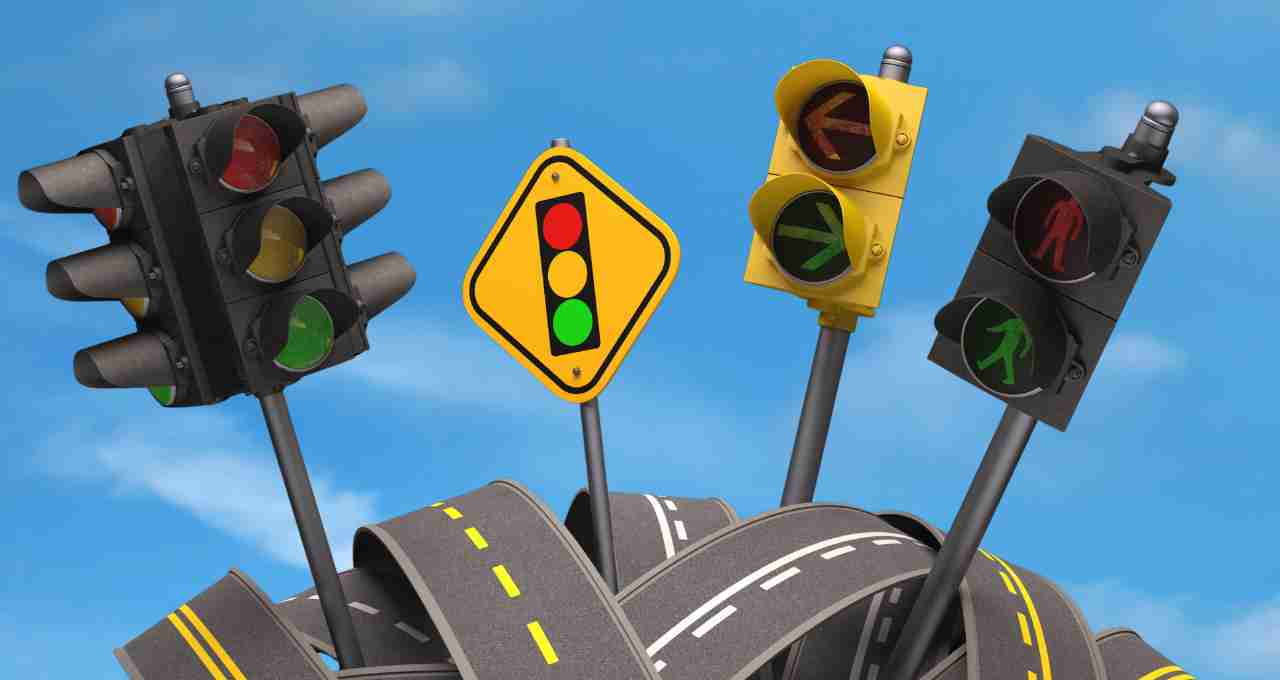
- Red — Stop
- Yellow — Be cautious, prepare to move
- Green — Go
These colors have become symbols not only for traffic but also for many aspects of life.
Why is This Day Celebrated?
The purpose of International Traffic Light Day is not only to honor the traffic control system but also to raise awareness among people about traffic rules and highlight the importance of safe travel. It is an opportunity to express gratitude for this wonderful invention, which has not only made our journey easier but also saved lives.
What Would the World Be Like Without Traffic Lights?
Imagine if roads were free of traffic lights. At every intersection, drivers would have to decide for themselves who stops and who goes. The result would be accidents, traffic jams, and chaos. Traffic lights act like a silent guardian, keeping millions of lives safe every day.
How to Celebrate This Day?
1. Appreciate Traffic Lights
Most of us get annoyed at stopping at a red light, but pay attention to the fact that these lights keep our traffic system organized. Don't forget to thank them today.
2. Play 'Red Light, Green Light'
Playing 'Red Light, Green Light' with children will not only be fun but also teach them about traffic rules. It's a great interactive way to celebrate this day.
3. Create a Music Playlist
Give your day a musical touch! Create a playlist of songs based on the theme of traffic, driving, or stopping and going:
- Crosstown Traffic – Jimi Hendrix
- Traffic – Stereophonics
- One Headlight – The Wallflowers
4. Spread Awareness on Social Media
Share a post on your social media profile with #InternationalTrafficLightDay and spread awareness about traffic rules.
5. Honor Local Traffic Workers
Thanking and appreciating the work of those who are engaged in maintaining traffic order – such as traffic police officers – can also be an important part of this day.
The Science of Traffic Lights
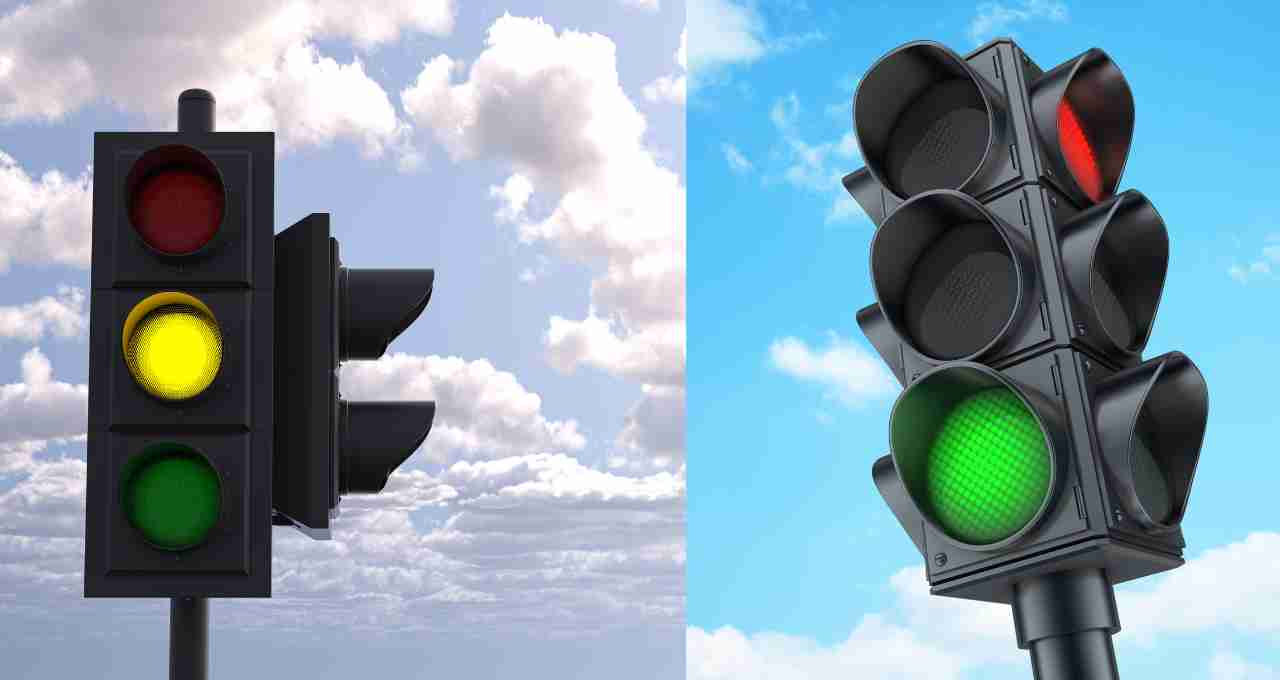
Traffic lights are an automated control system that works on timing, sensors, and AI-based algorithms. 'Smart traffic lights' are now being used in large cities, which automatically set the time by looking at traffic congestion. This helps in saving fuel, saving time, and reducing pollution.
Interesting Facts
The world's first electric traffic light was installed on August 5, 1914, in Cleveland, USA.
- The first traffic light had only two colors – red and green. The yellow color was added later.
- In Japan, the green traffic light is called 'blue' because in their culture, this color symbolizes 'safe.'
Traffic Light: A Symbol of Global Unity
Today, traffic lights are not limited to roads; they have become a common language for countries around the world – a language of red, yellow, and green lights that all drivers understand. This technology connects different countries, languages, and cultures.
International Traffic Light Day is not just a celebration of a technological achievement, but also a reminder of our collective responsibility to follow traffic rules and respect the safety of others. This day teaches us that a little pause (red light) can also become a great safety for us.
